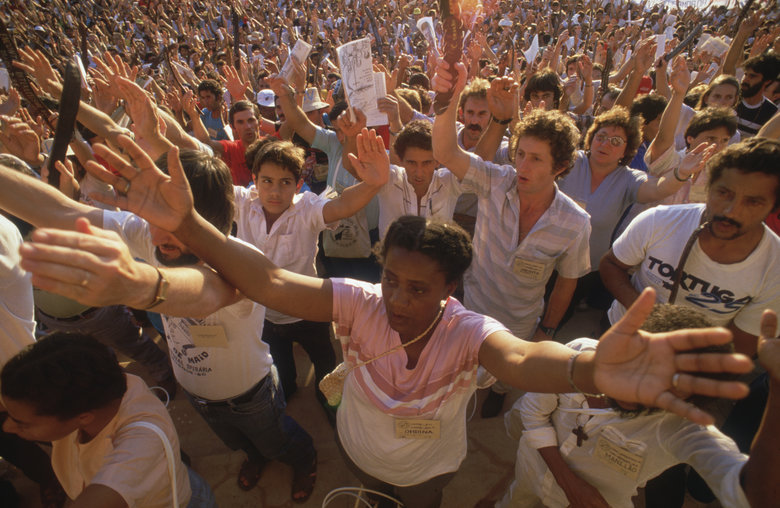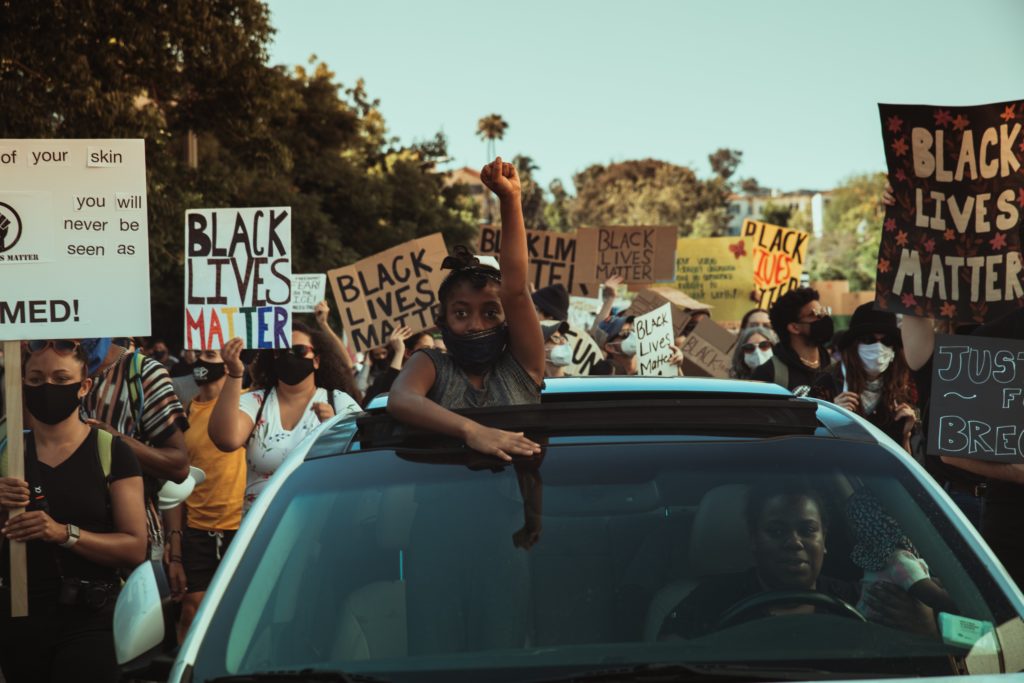Fifty Years of Liberation Theology
Much of what we do in our circles of progressive Catholicism today draws directly on the work of those who acted for change in the wake of the Second Vatican Council. One of these key post-Vatican II leaders is the Peruvian priest Gustavo Gutiérrez, OP (1928-), whose foundational text, Teología de la liberación, perspectivas (1971), just reached its 50th anniversary. Let’s take a brief look back on the legacy of Latin American liberation theology and the lessons it can still offer us today.

For Gutiérrez, a theology of liberation is one that seeks out the relationship between salvation and the historical process of human liberation. “This is a theology which does not stop with reflecting on the world, but rather tries to be part of the process through which the world is transformed” (A Theology of Liberation, 52). In the context in which he was writing, this meant centering the poor and taking a critical, reflexive look at the Catholic Church’s role in the colonization and subjugation of the peoples of Latin America.
But as the Cold War came to an end, new thinkers and activists brought fresh perspectives to the Latin American tradition of liberation theology from both within and beyond the region. These critiques came from a variety of perspectives: Queer and feminist liberation theologians, for example, pointed out the heteronormative and patriarchal biases present in the thought and actions of the previous generation. As Rosemary Radford Ruether wrote in 1993, “For 20 years the focus was on class and national oppression, the dependency of Latin American countries on the dominant North American economic agenda, the resultant misuse of national resources and the impoverishment of the masses. There was no recognition of how gender and ethnic difference made the poor impoverished in different ways…” (“New voices”). Critiques like those provided by Ruether were generative, creating new pathways for theological innovation.
Refining their own teachings, Gutiérrez and others extend the “preferential option for the poor” to include not just the materially poor, but all those deprived of rights and access to power. Gutiérrez put it this way: “When a language or a race is despised, we are killing the people who speak this language or belong to this race. When we discriminate against women in society we are killing them…when we do not value a culture, we are killing the people who belong to it” (“Church of the Poor,” 16). The flexibility built into liberation theology is a big reason it still inspires people today.
And yet, Padre Gutiérrez was by no means the most radical or progressive reformer of his generation, especially around questions like women’s ordination and clerical celibacy. In one famous incident, at a meeting of the Movement of Third World Priests in Argentina, Gutiérrez refused to appear alongside another priest who was in favor of marriage for priests. While receiving his fair share of official scrutiny from the Vatican, Gutiérrez never went as far as activists like the Brazilian Leonardo Boff, who was silenced in large part because of his calls for women’s ordination during the 1980s.
Amidst Vatican backlash, and the relative triumph of neoliberal regimes in 1990s Latin America, liberation theology fell on hard times. In those years, as Argentine theologian Marcella Althaus-Reid noted, the problem was “the disconnection between the emergent discourses; they did not talk to one another, and the connections that could have informed a real and alternative praxis of transformation were not made” (“Indecent Theology,” 29).
Now, fifty years removed from the birth of liberation theology, we may be finally seeing a turn towards this kind of coordinated effort, especially around issues of racial justice. To give just a few examples from within the U.S. Catholic Church, activists like Olga Segura and the National Black Sisters’ Conference have shown a committed solidarity with movements like Black Lives Matter. Groups like Call to Action and the Catholic Worker movement, while still predominantly white, are committed to anti-racism and have been outspoken proponents of secular liberation movements.
Not unlike the years following the Second Vatican Council, ours is a moment of renewal both within and beyond the Catholic Church. And while there is certainly cause for skepticism of the Vatican’s upcoming Synod on Synodality, I join others in preserving some cautious optimism. Let us draw inspiration from one another and from those who came before us. We can begin by heeding Marcella Althaus-Reid’s call to “open the doors to the strangers at the gate of theology of liberation,” to everyone that society tells us are dangerous, or immoral, or unworthy of love (“Indecent Theology,” 34). If we raise our voices together, in solidarity, the “listening church” just might hear us.
Cited Texts:
Althaus-Reid, Marcella. “From Liberation Theology to Indecent Theology: The Trouble with Normality in Theology.” In Latin American Liberation Theology: The Next Generation, edited by Ivan Petrella, 20-38. Maryknoll, NY: Orbis Books, 2005.
Gutiérrez, Gustavo. A Theology of Liberation: History, Politics, and Salvation. Translated and Edited by Sister Caridad Inda and John Eagleson. Maryknoll, NY: Orbis Books, 1988 [1973].
Gutiérrez, Gustavo. “The Church of the Poor.” In Born of the Poor: The Latin American Church Since Medellín, edited by Edward L. Cleary O.P., 9–25. Notre Dame, IN: University of Notre Dame Press, 1990.
Ruether, Rosemary Radford. “New voices, visions opening up liberation theology.” National Catholic Reporter (June 18,1993).


2 Responses
Christ is still waiting to be liberated from canon 1024.
Amen!